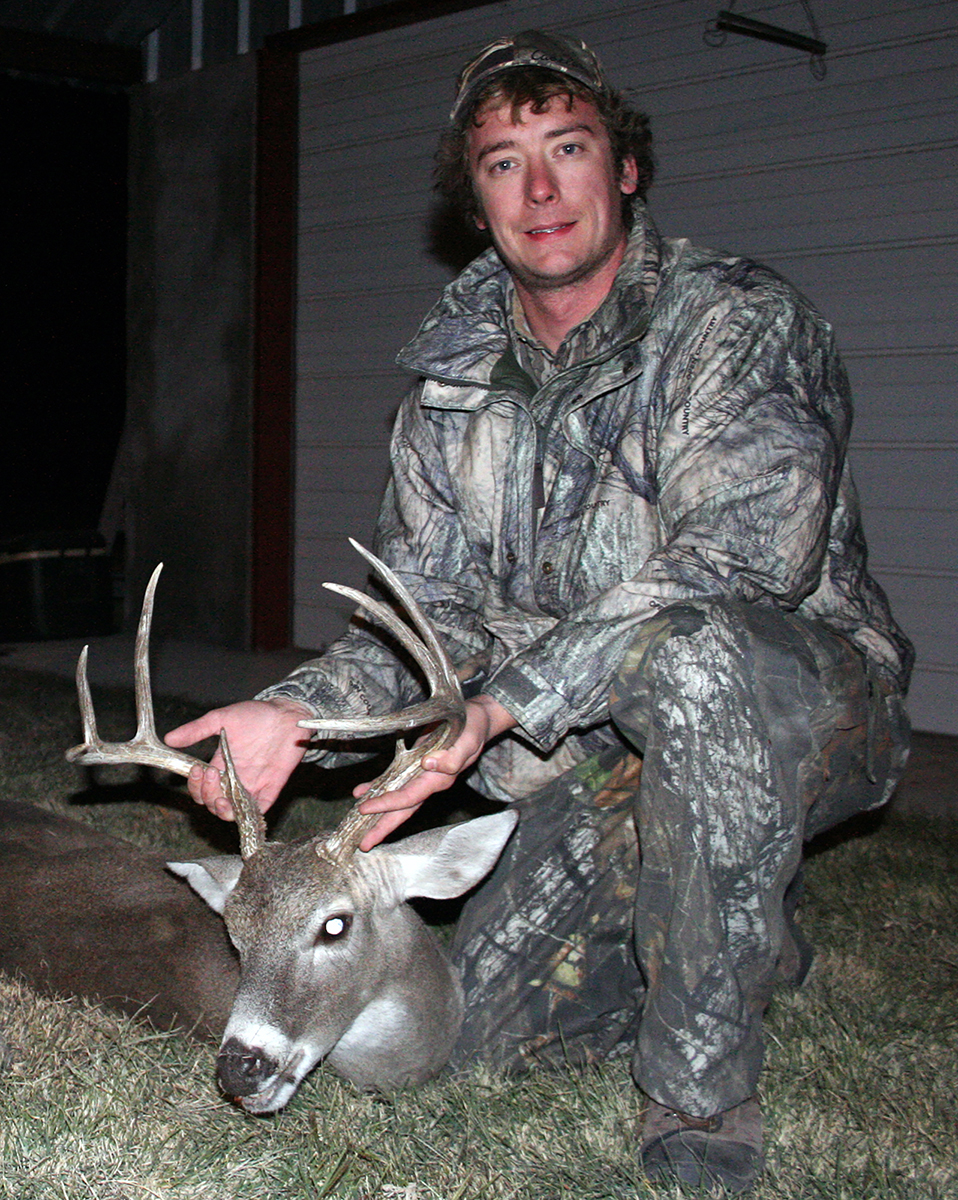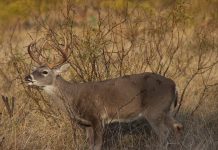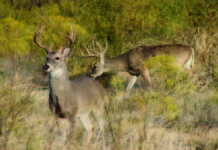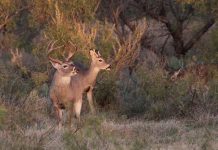Texas is home to millions of acres of excellent wildlife habitat, providing exceptional hunting from the Red River to the Rio Grande. The rub for many hunters, however, is the sheer fact that the majority of that land is inaccessible, resting squarely in private hands and open only to those willing to pay the highest price to gain access and lease hunting rights.
If there is one silver lining to the access issue in Texas it’s the fact that despite this privatization there remain areas operated by the state and open to the public for a variety of uses, including hunting for multiple species. Texas’ Wildlife Management Areas are diverse and far-flung, sprinkled across every ecoregion of the state comprising more than 700,000 acres of terrain. The WMA system serves as a recreational outlet for those living in urban centers that don’t have regular access to land of their own. WMAs also are vital educational centers that offer in-depth research opportunities for state biologists and others involved with higher-learning institutions.
Did you also know that some state parks offer public hunting for deer, exotics, turkeys, feral hogs, javelinas and predators? Indeed, and most of these hunts – if you’re lucky enough to be drawn – cost a mere fraction of what they would privately.
Here’s a look at WMAs and state parks in the Hill Country open to public hunting, as well as their importance in deer management.
Kerr Wildlife Management Area
Donnie Frels, area manager for the Kerr WMA, said Wildlife Management Areas are valuable for numerous reasons.
“The Wildlife Management Area system was initially set up within the Wildlife Division at Texas Parks & Wildlife to provide an opportunity for research in every ecological region of the state. The whole system was established as a way to meet research and development needs of the best management practices for each distinct ecoregion (South Texas, Central Texas, etc.),” he said. “That way you would then be able to take the best management practices for each region and make them applicable to landowners and land managers. Because each region has distinct habitats, you wouldn’t want to take a practice that you would use in East Texas and try to apply it to the South Texas region.”
The Kerr WMA, located west of the city of Hunt in Kerr County, was purchased in fee title by the State of Texas (Game, Fish and Oyster Commission) in 1950 from the Presbyterian MO Ranch Assembly under the Pittman-Robertson Act using Federal Aid in Wildlife Restoration Program funds, according to TPWD records, and has proven to be a world-class site for deer management.
“The first WMAs were purchased in the 1940s and 1950s, including Kerr WMA, which is our 6,500-acre research and management site for the Edwards Plateau region. The area as a whole provides an experiment station for TPWD biologists and others from resource agencies and colleges and universities to conduct wildlife research under very controlled conditions,” Frels said. “A major part of that research is focused on habitat management, which ties back into why we have a research and development site in each ecological region of the state.
“The WMA system allows wildlife biologists and district biologists to learn the best practices for a variety of habitat and species management and then take that information back to their districts and apply it to their own specific region. In that regard, the research provides standard recommendations on what are tried and true methods that can be applied across the board rather than having differing approaches to management.”
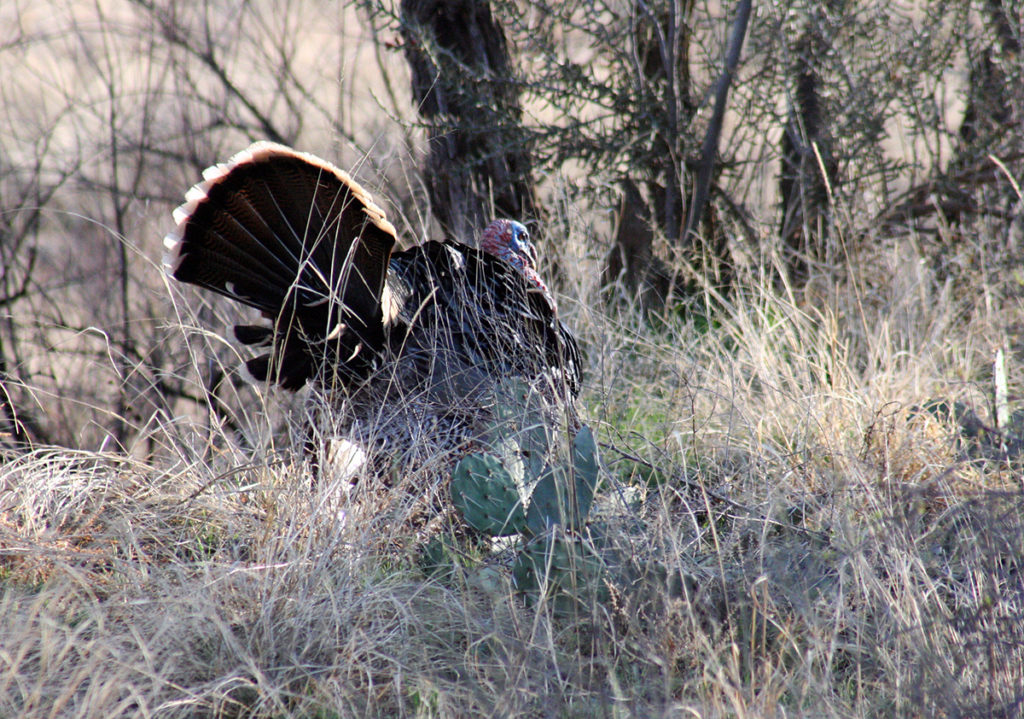
The Kerr WMA is home to the Donnie E. Harmel White-tailed Deer Research Facility, carrying the name of and dedicated to the Kerr area manager from 1975-1997. Harmel was instrumental in establishing research determining factors contributing to antler development. The 16-acre facility consists of breeding and rearing pens, and a series of alleys and chutes to facilitate care in the handling of research animals. No additional deer were added after the fall of 1974 when the facility was constructed and the herd has been maintained as a closed, pedigreed herd ever since. In addition to numerous studies of nutrition and genetics, as well as heritable characteristics tied to antler development, the pens have also been used to facilitate many pilot projects, breeding experiments, demonstration efforts and as a focal point for landowner field days.
“While research is a big part of what we do at the Kerr WMA, we also have to control animal numbers whether you’re talking about deer or exotics. In Central Texas, deer and exotics have a major impact on the ecological landscape,” Frels said. “We have some of the highest deer densities in the world in this part of the state, which is one prime reason why the Kerr WMA was the first to use high fences as a management tool in the 1960s. Biologists discovered that trying to control deer numbers by only using public hunts was nearly impossible with such a large population of deer. Those high fences weren’t put up to keep deer in, but rather to keep deer out and maintain controls on research.”
The Kerr WMA also is at the forefront of habitat alteration research, focusing on practices including rotational grazing, prescribed burning and cedar control.
“We find that those habitat management practices are applicable across the landscape regardless if you’re talking about big deer, endangered species response or calf weaning weights,” Frels said.
In addition to all that research, selective harvest remains a tried and true wildlife management practice, and the Kerr WMA does feature a number of hunts each that are open through drawings as part of the public hunting system, Frels noted.
“The WMA does produce some pretty large deer on a regular basis that are available to the public through the draw. We offer public hunts for bucks and does, including management hunts for cull bucks. The public hunting system allows us to further control the population and remains an effective part of our overall strategy that has been in place for a number of decades,” Frels said. “We also offer turkey hunts, which can be more affordable for hunters if they’re selected through the drawing to hunt in the spring.”
Mason Mountain Wildlife Management Area
Mason Mountain, located in Mason County just north of the city of Mason, sits right in the hotbed of exotic territory in the Hill Country. While the Kerr WMA research focus is squarely on white-tailed deer, Mason Mountain management and discovery rests with exotic critters, namely African species that are found on many high-fence hunting ranches in Texas.
“When you’re looking at Mason Mountain, it’s a completely different wildlife landscape, located along the Central Mineral Region, and provides a different land base for research and development,” Frels said.
Mason Mountain, which was purchased in 1997 by TPWD, had been a working exotic game ranch and today has more than a dozen species of exotics, including scimitar-horned oryx and gemsbok.
“One of the key research efforts at Mason Mountain has been to learn how exotics affect native species and the role they play in native habitats,” Frels said. “Many landowners in the Hill Country want exotics on their range so we as an agency thought it best to learn as much as we could about how large African species would compete not only with natives but also with livestock. Some species are grazers and some are browsers, so you learn which ones compete more with livestock and more with deer.
“That research also has helped with technical guidance in working with landowners who want to introduce exotics. If you have the information on how each species affects the landscape, you can decide how many animals your particular ranch can support in a healthy manner.”
Mason Mountain, like Kerr WMA, offers drawn hunts for deer hunting, but also offers guided hunting packages for African exotics that also are available through the public hunting framework.
“Those hunts for exotics are good for the average hunter who’s lucky enough to be drawn because they provide an opportunity to hunt game that they may not otherwise be available to afford,” Frels said.
Entries in public hunting drawings for deer hunts cost as little as $3 while permit fees for adults who are drawn as winners range from $80 to $130. Drawing entry fees for the guided exotic hunts run $10 apiece, with permit fees waived for adult winners as well as youths 16 and under. The deer-hunt permit fee also is waived for youths. There also are drawings for Mason Mountain hunts involving exotics with broken or malformed antlers that run $3 per entry.
It should be noted that the guided hunting packages typically have higher numbers of entries, averaging between 4,000 and 5,000 each year. Some deer hunt drawings have as few as about 1,000 entries.
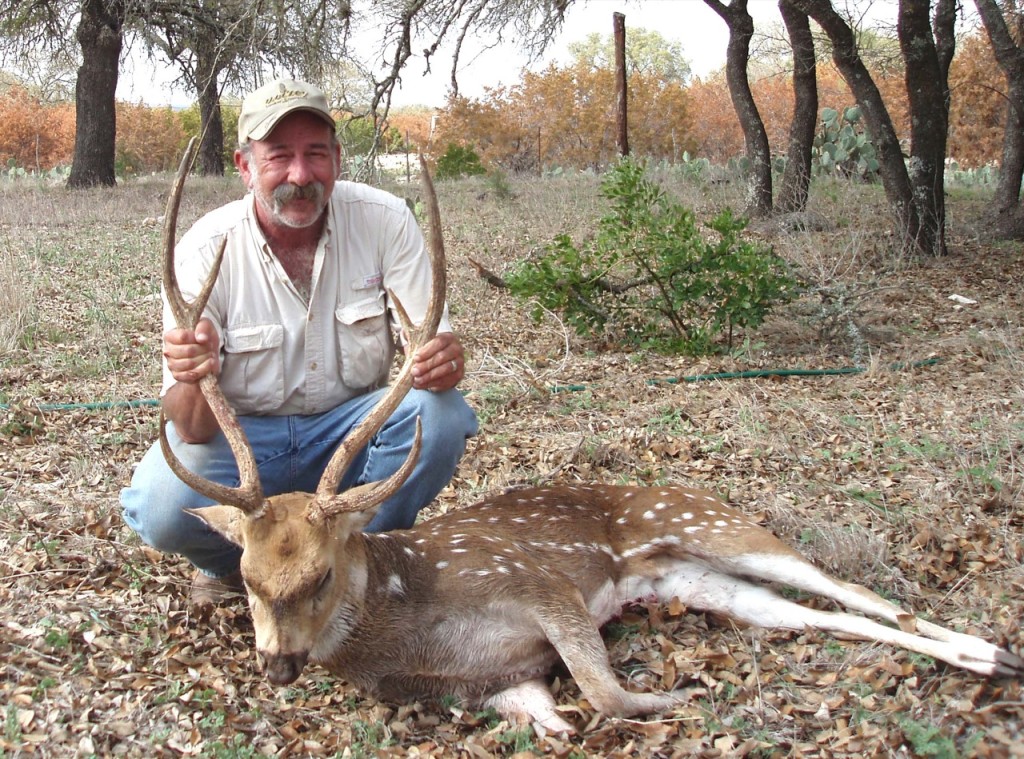
Garner State Park and South Llano River State Park
Garner, located in Concan north of Uvalde, and South Llano, located just south of Junction, are among the most scenic state parks in Texas. They also offer hunting options, too, in particular for an exotic that commands a hefty price tag on every Central Texas game ranch.
Axis deer have taken over the landscape in many parts of these areas, displacing resident wildlife and outcompeting them for food. Roughly 200 axis inhabit Garner, according to TPWD, and efforts to control numbers through scheduled public hunts have been insufficient. More than 100 permitted public hunters annually averaged just 43 axis deer harvested during the past five years, according to TPWD.
While Garner officials and TPWD initiated a pilot program to control the numbers of axis through an outside entity, there remain public hunting chances limited to those times of the year when visitation is at its lowest, typically week days during the winter months.
Garner had drawings for archery and gun hunts in December and January to curb axis numbers while South Llano offered axis hunts for gun-only hunts in January and February. The expiration dates for those drawings were in August, September and October.
As with other state parks that offer public hunting, there also are opportunities at Garner and South Llano for youth hunting, which allow for the harvest of management bucks, spikes and does and are an outstanding way to introduce youngsters to hunting pursuits, especially if you’re on a budget and are lucky enough to have your name drawn.

















